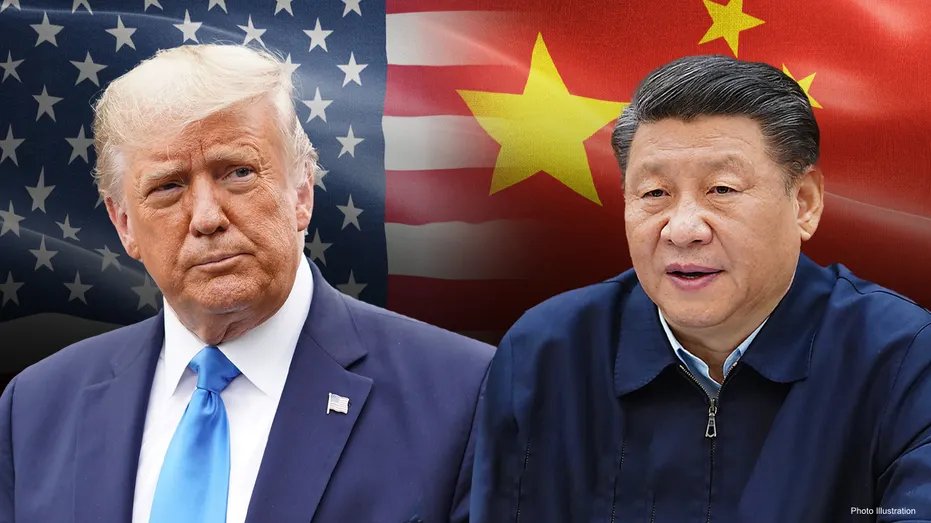On April 2nd, President Donald Trump unveiled a list of tariffs to be imposed on all imports coming into American markets during an announcement hyped as ‘liberation day.’ Based on Trump’s prior comments, many beleaguered taxpayers had hoped that ‘liberation day’ would mean a reduction or elimination of federal income tax that would accompany the tariffs, but that wish did not materialize.
The tariffs, unveiled in a White House Rose Garden ceremony, were framed as a historic reset of U.S. trade policy, branded “Make America Wealthy Again.” Trump declared a national economic emergency, citing trade deficits as a security threat, and invoked the International Emergency Economic Powers Act to justify the measures. The reciprocal tariffs targeted 90 countries, with rates calculated at roughly half the perceived trade barriers including tariffs, value-added taxes, or non-monetary restrictions suck as currency manipulation, imposed by each nation. China initially faced a 54% rate (34% reciprocal plus 20% preexisting duties), the European Union 20%, Vietnam 46%, and Cambodia 49%. Exemptions were granted for Canada and Mexico under prior agreements, though their 25% tariffs on steel, aluminum, and autos remain.
Stocks soared 8.4% on the S&P 500 on April 9th, when Trump announced a 90-day pause on reciprocal tariffs, lowering most to 10%, but escalated China’s rate to 145%, claiming Beijing showed “lack of respect” to global markets. Trump cited market volatility as stocks had plunged, with the Dow dropping 700 points days earlier. The pause excludes steel, aluminum, and auto tariffs, and exempts electronics like smart phones and laptops, temporarily easing fears for some tech giants.
Commerce Secretary Howard Lutnik clarified that the exemptions are not permanent, with tariffs on semiconductors and electronics set to be determined on a month or two via an industry specific model focusing on national security concerns.
Negotiations are now in overdrive. Treasury Secretary Scott Bessent reported that many countries have contacted the White House, with Vietnam’s leader To Lam offering zero tariffs in exchange for U.S. concessions. Israel, Malaysia, and Switzerland have confirmed talks, while the UK claims progress toward a deal. Brazil, spared higher tariffs at 10%, is pushing for ethanol trade adjustments. India is reviewing its 26% tariff hit, aiming to double bilateral trade to $500 billion by 2030. However, China remains defiant, hinting at restraint but warning it will “fight to the end” if pressed.
Trump has blamed poor trade policy for “the hollowing out of our manufacturing base; resulted in a lack of incentive to increase advanced domestic manufacturing capacity; undermined critical supply chains; and rendered our defense-industrial base dependent on foreign adversaries.”
The tariff saga continues to evolve, with a growing number of countries engaging in trade talks to avoid a full-blown trade war, while economists warn of inflation and global economic strain. National Economic Council Director Keven Hassett told CNN, “130 countries have responded and we’re negotiating with them.’
Trump has lauded tariffs as a negotiation tool, and referred to them as “the most beautiful word in the dictionary.”
Supporters, like UAW’s Shawn Fain, see tariffs as a tool to revive American jobs, though retailers warn of price hikes. The National Retail Federation noted importers, not foreign nations, pay tariffs, passing costs to consumers.
One thing is certain, Trump’s tariffs are drastically reshaping global trade. As the 90-day pause ticks down, the world watches whether Trump’s gamble will reindustrialize America or ignite economic chaos. “It’s a high-stakes poker game,” said trade expert Colin Grabow. “The question is who blinks first.”

